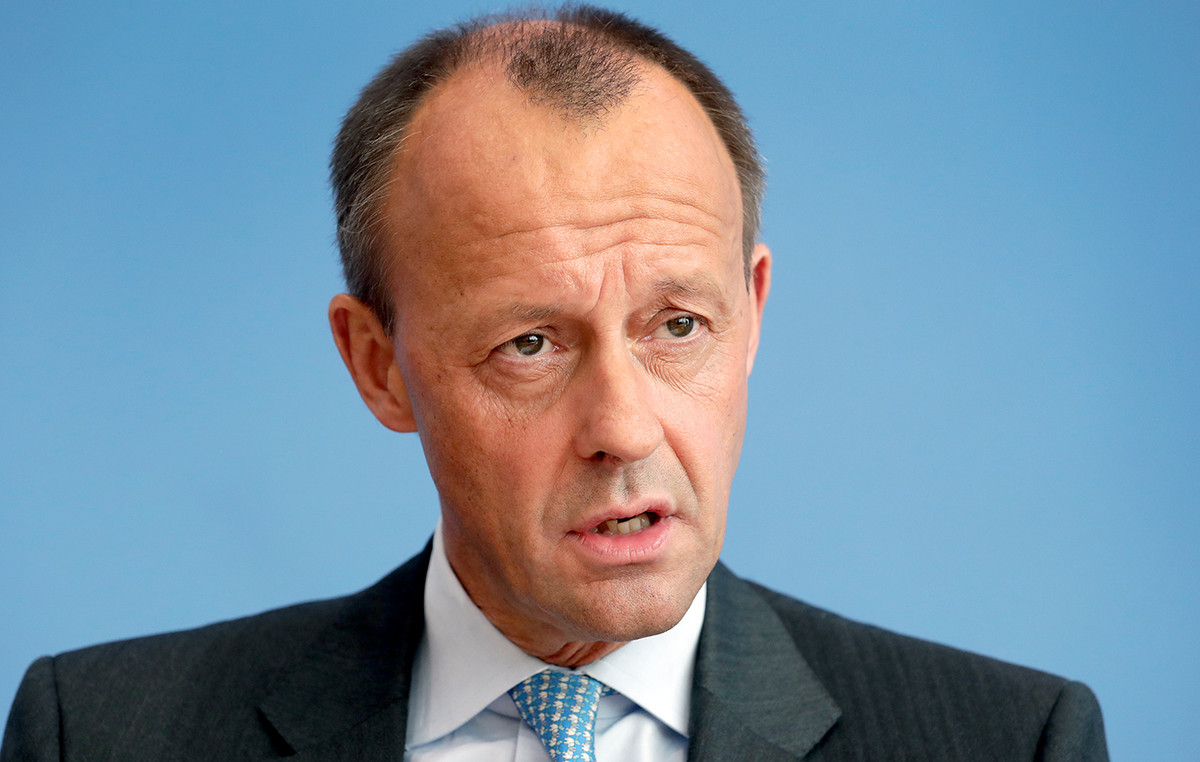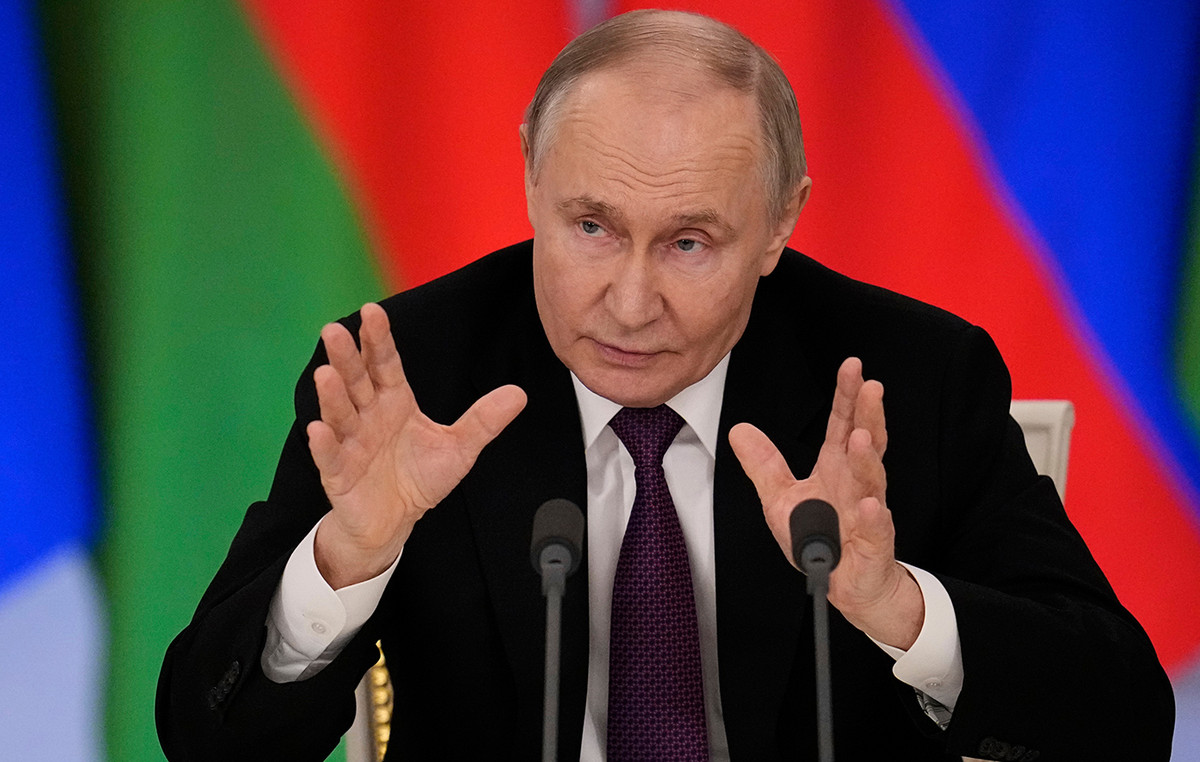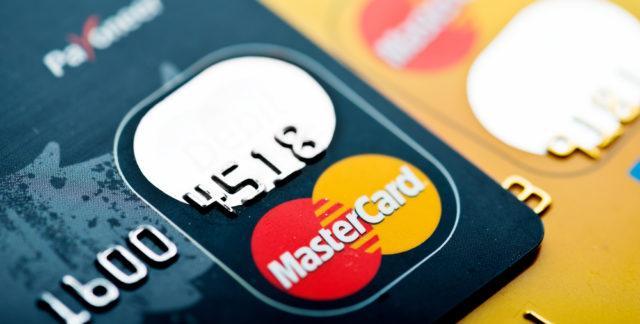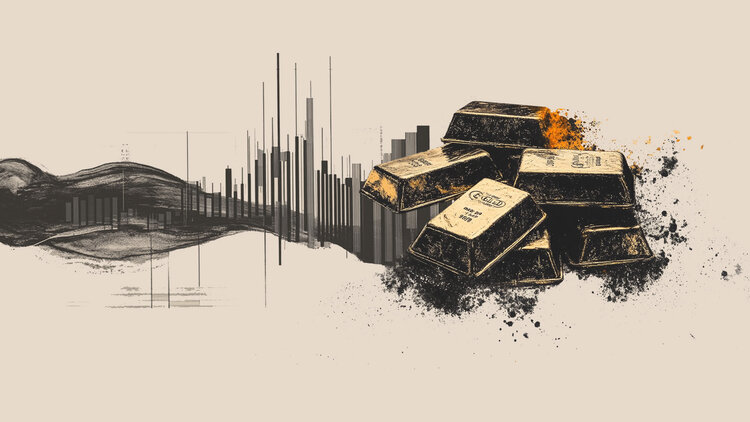- The price of gold falls to $ 3.315 in the first Asian session on Wednesday.
- The decrease in commercial tensions weighs on the price of gold.
- The change of employment of US ADP, the PCE and the preliminary reports of the GDP of Q1 will be the points highlighted later on Wednesday.
The price of gold (Xau/USD) extends the fall to about $ 3,315 during the first Asian session on Wednesday. Precious metal moves down in the midst of the decrease in commercial tensions and a better risk feeling in global markets. The operators will keep an eye on the change of employment of US ADP, the Personal Consumption Expenditure Index (PCE) and the preliminary reports of the Gross Domestic Product (GDP) of the Q1, which will be published later on Wednesday.
The president of the United States, Donald Trump, plans to soften the impact of his automotive tariffs by preventing rights on cars manufactured abroad accumulating with other tariffs and relieving taxes on foreign parts used in car manufacturing, officials said. The secretary of the US Treasury, Scott Besent, said on Monday that the main business partners have made “very good” offers to avoid US tariffs. In addition, the recent movements to exempt certain US assets of reprisal tariffs demonstrate a willingness to dispose of commercial tensions.
The decrease in commercial tensions has reduced the demand for gold, an active traditional refuge. “The decrease occurred in the midst of the opening of the US to tariff conversations with multiple nations and the growing expectations of a possible commercial agreement between China and the US, according to President Donald Trump. In addition, optimism around a possible peace agreement between Russia and Ukraine weighed further on the demand for safe refuge for gold Research – Commodities and currencies, LKP Securities.
Investors expect a series of important economic data from the US this week to obtain a new impulse. The change of employment of US ADP, the Personal Consumption Expenditure Price Index (PCE) and the preliminary reports of the Gross Domestic Product (GDP) of Q1 will be published later on Wednesday. On Friday, attention will focus on the US April report.
The expectation for April is that the US economy will add 130,000 jobs and the unemployment rate will remain at 4.2%. If the reports show a weaker result of the expected, this could drag the US dollar down and increase the price of the commonly called USD commodities.
FAQS GOLD
Gold has played a fundamental role in the history of mankind, since it has been widely used as a deposit of value and a half of exchange. At present, apart from its brightness and use for jewelry, precious metal is considered an active refuge, which means that it is considered a good investment in turbulent times. Gold is also considered a coverage against inflation and depreciation of currencies, since it does not depend on any specific issuer or government.
Central banks are the greatest gold holders. In their objective of supporting their currencies in turbulent times, central banks tend to diversify their reserves and buy gold to improve the perception of strength of the economy and currency. High gold reserves can be a source of trust for the solvency of a country. Central banks added 1,136 tons of gold worth 70,000 million to their reservations in 2022, according to data from the World Gold Council. It is the largest annual purchase since there are records. The central banks of emerging economies such as China, India and Türkiye are rapidly increasing their gold reserves.
Gold has a reverse correlation with the US dollar and US Treasury bonds, which are the main reserve and shelter assets. When the dollar depreciates, the price of gold tends to rise, which allows investors and central banks to diversify their assets in turbulent times. Gold is also inversely correlated with risk assets. A rebound in the stock market tends to weaken the price of gold, while mass sales in higher risk markets tend to favor precious metal.
The price of gold can move due to a wide range of factors. Geopolitical instability or fear of a deep recession can cause the price of gold to rise rapidly due to its condition of active refuge. As an asset without yield, the price of gold tends to rise when interest rates lower, while the money increases to the yellow metal. Even so, most movements depend on how the US dollar (USD) behaves, since the asset is quoted in dollars (Xau/USD). A strong dollar tends to keep the price of gold controlled, while a weakest dollar probably thrusts gold prices.
Source: Fx Street
I am Joshua Winder, a senior-level journalist and editor at World Stock Market. I specialize in covering news related to the stock market and economic trends. With more than 8 years of experience in this field, I have become an expert in financial reporting.







